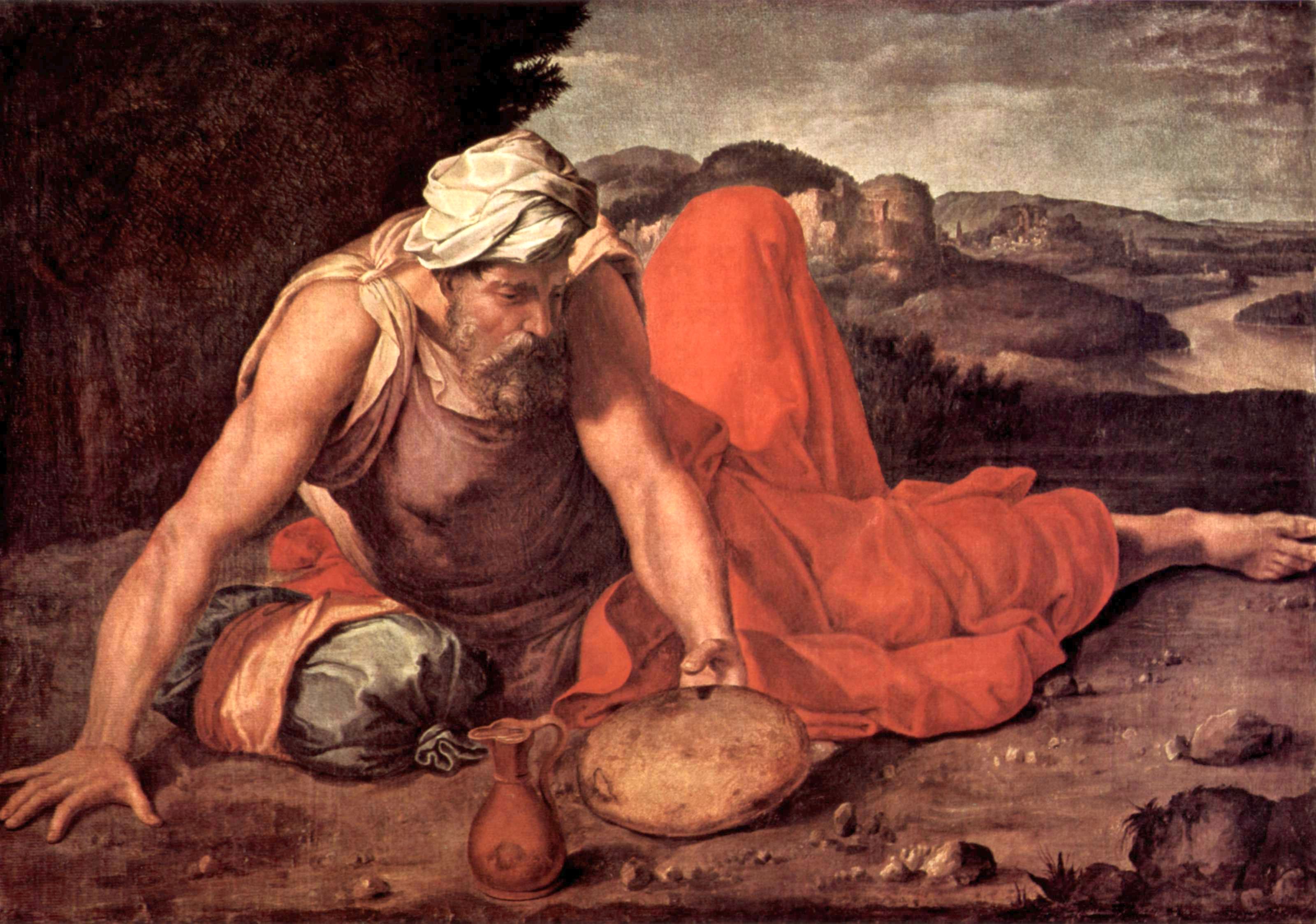The Path of the Exiled Master was the third of the three original paths created for True Communion. I drew heavy inspiration from the Gentle Fool from "the Magic of Stories" from Pyramid #3/13, but also from the image of the desert ascetic-prophet and the martial arts master atop the mountain. In Star Wars, this role is first occupied by Obiwan Kenobi, then by Yoda. You can see the revised version of the path here.
The central theme of the Exiled Master is the exile of wisdom. When people ask "Why is the kingdom corrupt?" the answer is often "Because a tyrant has usurped the throne from the rightful king." The rightful king, of course, has been exiled. He wanders the wilderness. Should he actually return to his throne, he would become corrupted by that power, so the wise master remains exiled. This means that exile itself provides wisdom.
The Exiled Master is a politically powerful and persuasive path, but one that ca never openly rule. It must rule through proxies and acolytes. The Exiled Master takes on students and turns them into virtuous men who can rightly rule in his stead. Thus, the greatest king (according to True Communion, anyway), is one who can never rest easily upon a throne. True Communion does not reward ambition, it rewards selflessness, and in return for his political acumen, the Exiled Master must sacrifice comfort.
The result is a deep bond with wild places. The Exiled Master can move easily through them, can understand them, can easily tame and talk to animals, and Communion itself sustains him. This dovetails with the idea that wisdom requires sacrifice, because those who wish to gain wisdom from the Exiled Master must first brave the wilderness to find him. They must learn to live as he does, to gain the benefits he has. But, in return, he has the capacity to give them unparalleled knowledge and power very quickly.
When the Exiled Master returns to civilization, it usually heralds catastrophe. Civilization must have reached a point that forces the Exiled Master to return from the wilderness to preach against the corruption of the Usurper, or the decadence of the people. He usually brings the suffering of the wilderness with him, preaching a message of virtue-through-hardship. People find it difficult to ignore his message, but he usually cannot be enthroned once he returns; according to the path, his return should result in his death (or at least his injury), but sometimes Exiled Masters step off the path and take up a position of power.
The Exiled Master is a path that's probably best for NPCs, as such a character represents a wonderful "end-goal" and "mentor" for a PC. On the other hand, a character who by his nature must face hardship and struggle and has access to great power as a result makes an ideal PC. His connection to the wilderness makes him a good path for those who want to explore a "druid" trope, though he covers a lot more ground than that, and doesn't have all "druid" powers. The Exiled Master often represents a legacy, and those who play him (or GMs who create such an NPC) should consider what that legacy is, and how this character will tie the party or his students back to that ancient legacy.

No comments:
Post a Comment
Note: Only a member of this blog may post a comment.